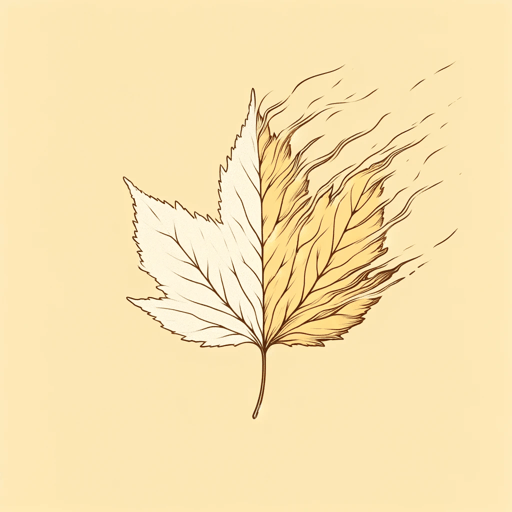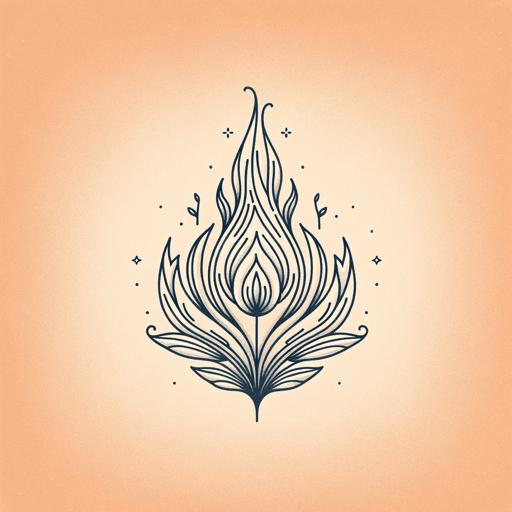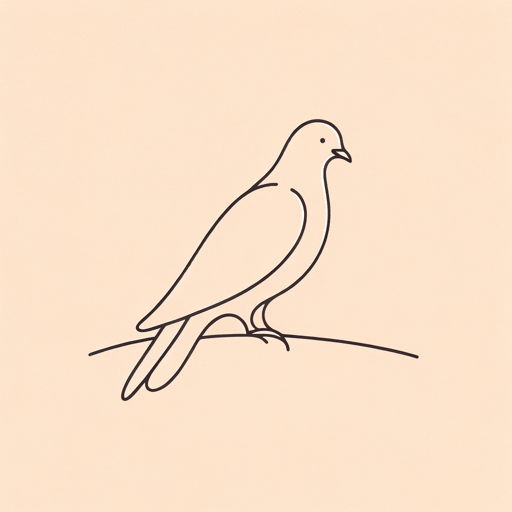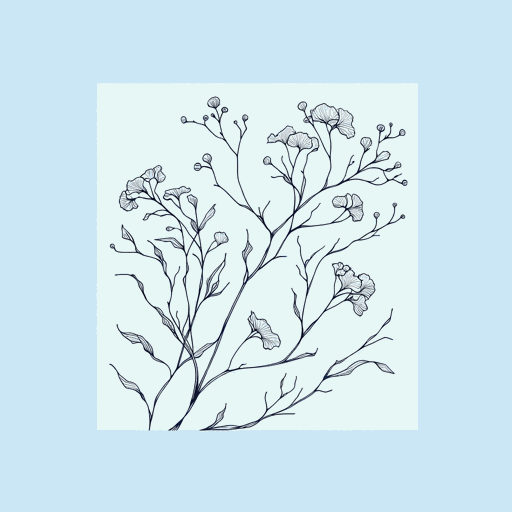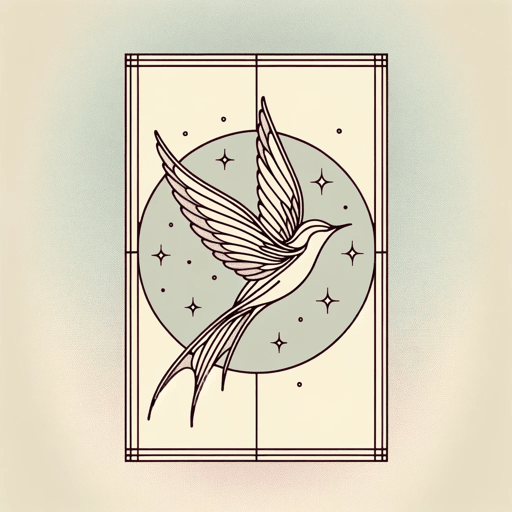19 pages • 38 minutes read
Gerard Manley HopkinsSpring and Fall: To a Young Child
Fiction | Poem | Adult | Published in 1918A modern alternative to SparkNotes and CliffsNotes, SuperSummary offers high-quality Study Guides with detailed chapter summaries and analysis of major themes, characters, and more.
Poem Analysis
Analysis: “Spring and Fall: To a Young Child”
The title of the poem alludes to two seasons: the season of blossoming and blooming, and Autumn or Fall, the season of letting go and slowing down before winter. The allusion to two seasons may seem puzzling at first since the poem is explicitly set in the Fall. However, the inclusion of “Spring” makes sense when the reader considers that spring is a reference to the young child Margaret. Like the season, Margaret is in the early spring of her life, fresh and vivacious. The juxtaposition of spring and fall indicates that all springs are followed eventually by fall; thus, everything that blooms will also wither in the end. The title also alludes to the cyclical nature of time and life and the Biblical narrative of the Fall of Man, when Adam and Eve were cast out of the immortal Garden of Eden into the mortal world.
Though the poem is addressed to Margaret, it reflects more the speaker’s internal dialogue. The speaker’s calm, almost paternal manner contrasts with the grimness of their message: thus, it is likely they are not actually talking to Margaret, but using Margaret as an alter ego to process their own complex feelings.
Related Titles
By Gerard Manley Hopkins
